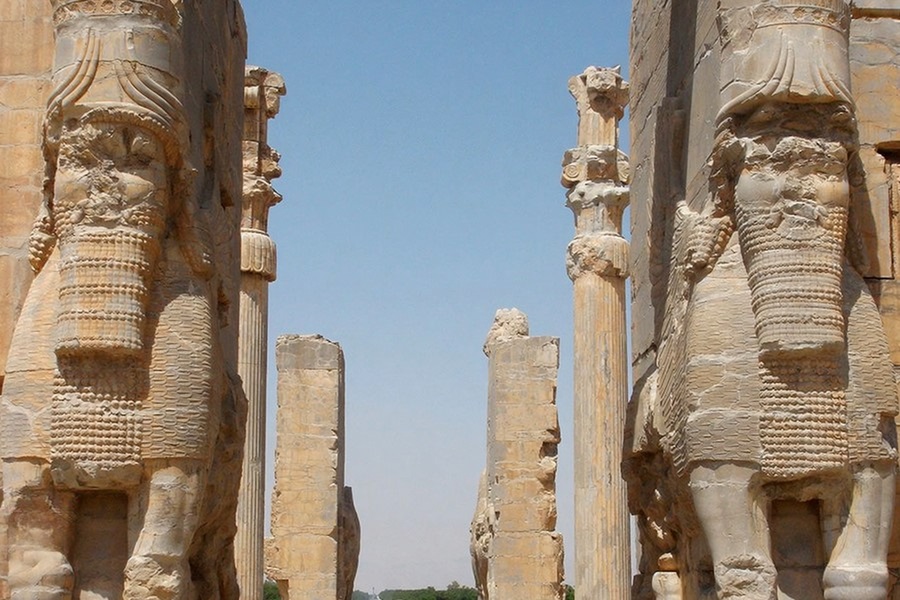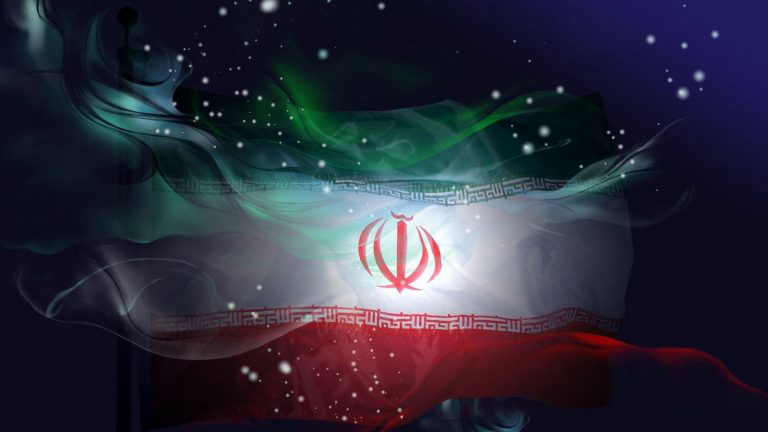Fars province is located in the southwest of Iran. It covers about 123,000 square kilometers, accounting for 7.5% of the country’s total area and ranks fourth in size within the nation. Its proximity to the arabic countries and its historical significance in economic, social, cultural, and tourism communications with these nations have turned Fars into a gateway for expanding economic indices with target countries, enhancing its role as a communication portal between the Islamic Republic of Iran and the arabic countries.
Currently, the industry holds a special place in the country’s economy, and economic growth and prosperity are impossible without the development of this sector. Fars province, with 4,272 active industrial units, a capital investment of over 9.08 trillion Rials, and direct employment for 109,596 people, ranks fifth in the number of units, third in capital, and eighth in employment nationally. These units represent 8.5% of the total active units in the country.
Additionally, Fars has unique industrial capabilities, including:
- Fars is the largest producer of aluminum in Iran.
- The province also produces tiles and ceramics, GRP pipes, and composite parts.
- It is a producer of formalin and hexamine (raw materials for industrial resins).
- Fars leads in the production of flour and its by-products, food industries particularly tomato paste.
- The province excels in the production of telecommunications terminals and industries.
- It is a leading producer of lead and zinc concentrate, urea fertilizer, and mining machinery.
- Identification of 37 types of minerals in the province.
- Diversity and extraction of 23 types of minerals from its mines.
- Production of decorative and facade stones with export potential, contributing to 18% of the country’s total production.
- Production of various refractory and industrial clays (ranking first nationally).
- Vast resources of various building materials (limestone, gypsum, marl, sand, and gravel).
Marble and porcelain stone
The most important minerals in the province are marble and travertine. Currently, about 207 mines extracting marble and travertine are operational in Fars, which annually extract over 3 million tons, accounting for approximately 18% of the country’s building and facade stone supply. These mines allocate nearly 50% of the total mining employment in the province.
Due to its unique geographical conditions and the production of agricultural, food, and even industrial products, particularly in the steel, electronics, and hand-woven carpet industries, Fars province has achieved a considerable rank at the national level. Additionally, its proximity to the Oman sea and arabic countries has created a significant opportunity for exporting. The value of Fars province’s exports in 1402 was approximately $2.831 billion to 85 countries worldwide. The infrastructure of the international exhibition in the province, with 62 hectares of outdoor space and 17 hectares of indoor space, has made Fars one of the important provinces of the country.
- Over the past years, Fars has consistently ranked among the top provinces in Iran for agricultural products.
- It holds the second position in the production of agricultural products.
- It ranks fourth in the production of livestock products.
- The agricultural sector in Fars plays a fundamental role in ensuring food security, production, and employment.
- Fars is the leading province in orchard production in the country.
- It is a hub for meat and dairy production with significant factories operating in this sector.
- Fars province, with about 3,000 registered historical sites on the national list and four on the World Heritage list, holds the first position in the country in terms of historical and cultural heritage.
- There are 400 natural attractions across different parts of the province, 84 of which have been designated as tourist destinations.
- In the field of health tourism, given that Shiraz is a medical hub in Iran and the Middle East, the province has considerable capacities.
- The presence of huge gas reserves in South Fars and South Pars.
- Proximity to Asalouye port as one of the important sources of gas and downstream raw materials.
- Existence of Parsian gas refinery in Mohr city.
- The top rank in the production of composite parts, including GRP and GRE pipes and fittings.
- Exploitation of large projects in the field of oil and gas and petrochemicals.
- Existence of a special energy industry zone in Lamerd.
- Approval of the establishment of units from the 3 important industries of steel, aluminum and cement.
“`




